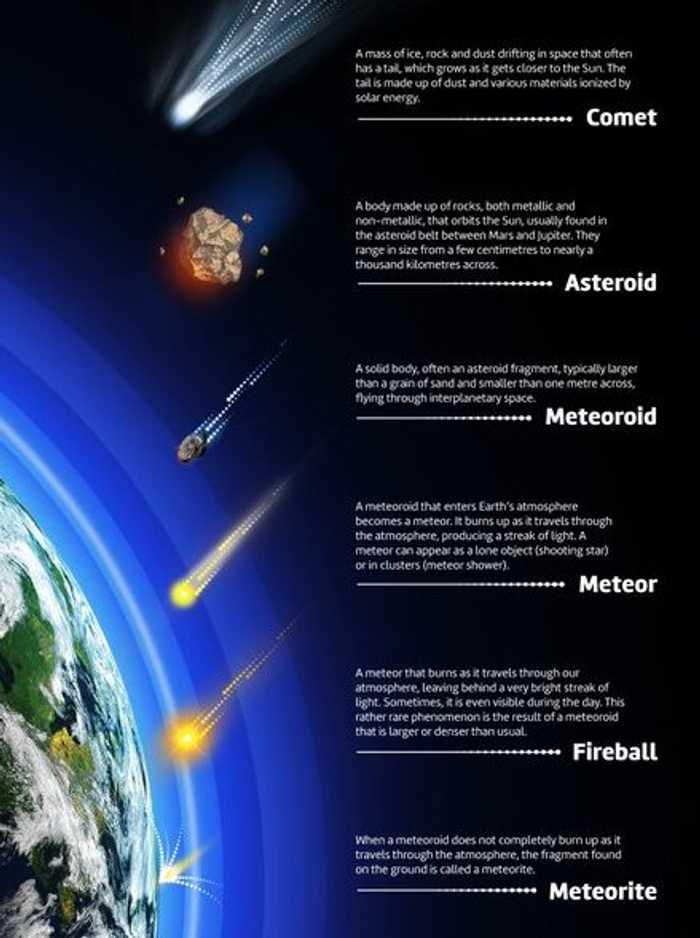Published 16:20 IST, October 22nd 2024
A Cataclysmic Collision: How a Meteorite Four Times Everest Sparked Life on Earth
According to new research, a catastrophic collision with such a meteorite billions of years ago could have been the spark that ignited life on our planet.
- Science News
- 3 min read
Science: Imagine a celestial body, four times the size of Mount Everest, hurtling towards Earth. It’s a scenario that sounds like science fiction, but recent studies suggest it might be closer to reality than we think. According to new research, a catastrophic collision with such a meteorite billions of years ago could have been the spark that ignited life on our planet.
A Cosmic Impact that Changed Everything
The Giant Impact Hypothesis
The theory, known as the Giant Impact Hypothesis, posits that a massive object, likely a Mars-sized protoplanet, collided with Earth during its early formation. The resulting debris cloud, rich in volatile compounds and organic molecules, eventually coalesced to form the moon and possibly seeded our planet with the building blocks of life.

Evidence from Lunar Rocks
Scientists have long suspected that a giant impact event was responsible for the formation of the moon. The Moon's composition and orbit are consistent with a collision between Earth and a large celestial body. However, recent studies have unearthed additional evidence that links this event to the origin of life.

The Delivery of Building Blocks
Analysis of lunar rocks has revealed a surprising abundance of volatile elements, including hydrogen, carbon, nitrogen, and oxygen. These elements are essential for the formation of amino acids, the building blocks of proteins, and other organic molecules. It is believed that the debris cloud from the giant impact could have delivered these vital compounds to Earth's surface, creating a favourable environment for the emergence of life.
The Role of Water
Water is another crucial ingredient for life, and the giant impact hypothesis offers a plausible explanation for its origin. The collision could have released a vast amount of water vapour into the atmosphere, eventually condensing to form oceans. These oceans would have provided a nurturing environment for the development of early life forms.
A controversial theory
While the giant impact hypothesis has gained significant support among scientists, it is not without its critics. Some researchers argue that there are alternative explanations for the origin of life, such as hydrothermal vents or extraterrestrial panspermia. However, the evidence supporting the giant impact theory continues to grow, making it a leading contender for explaining how life on Earth began.
Road Ahead
The idea that a cataclysmic collision could have been the catalyst for life on Earth is both fascinating and humbling. If the giant impact hypothesis is correct, it highlights the delicate balance of forces that have shaped our planet and the universe.
As scientists continue to explore the mysteries of our cosmic origins, the story of the meteorite that sparked life may become even more compelling.
Updated 16:47 IST, October 22nd 2024